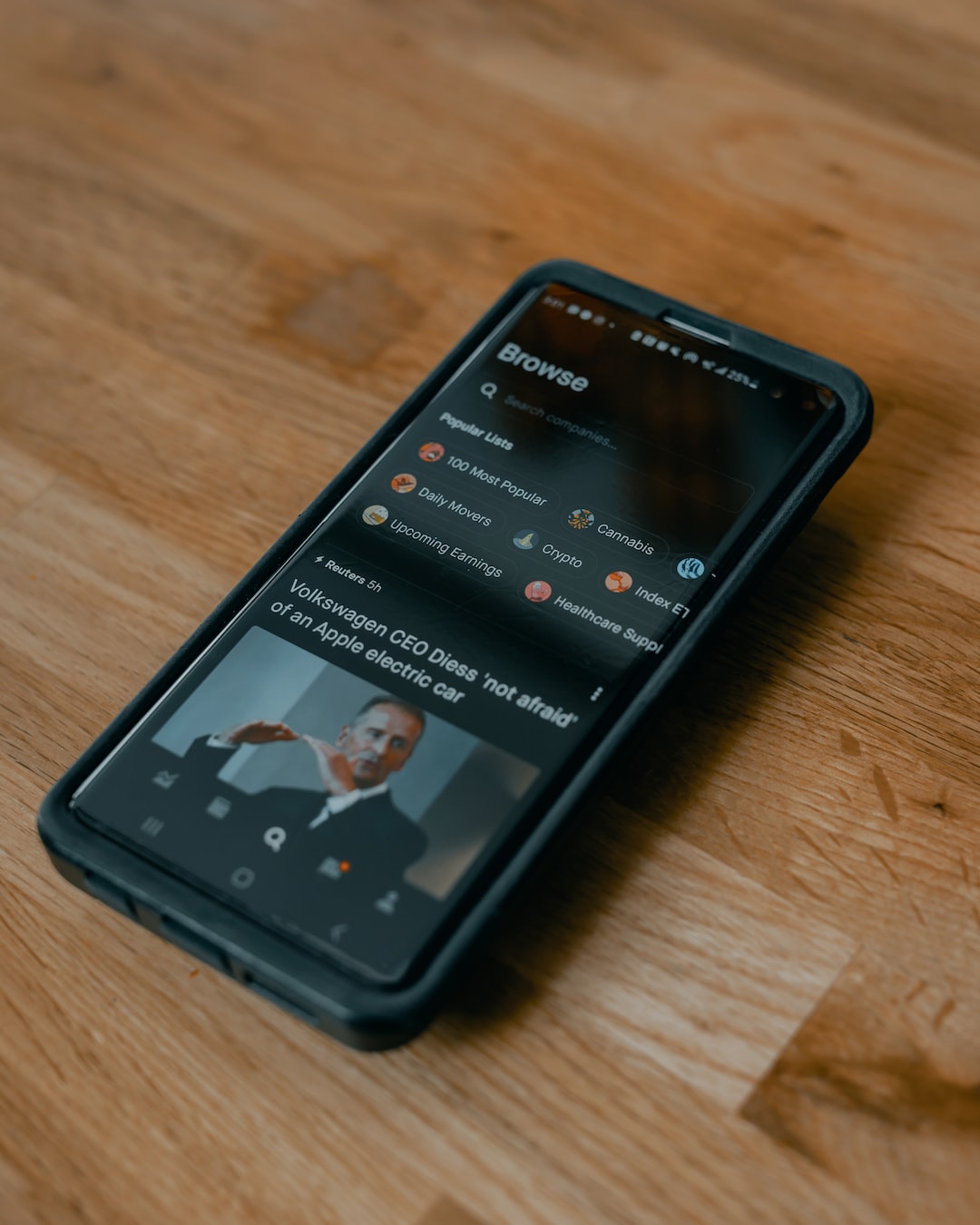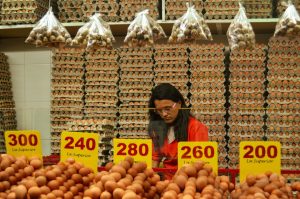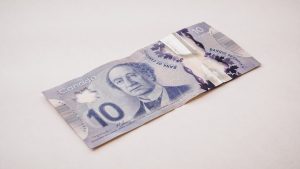Forex, or foreign exchange, is the global market where currencies are traded. It is the largest market in the world with an average daily trading volume of over $5 trillion. But how does currency work on the forex? In this article, we will explore the basics of forex trading and how currency is bought and sold on this market.
What is Forex Trading?
Forex trading is the buying and selling of currencies. It is done in pairs, with the value of one currency being compared to another. For example, the EUR/USD pair compares the value of the euro to the value of the US dollar. The goal of forex trading is to make a profit by buying a currency low and selling it high, or by selling a currency high and buying it back at a lower price.
Currency Pairs
As mentioned earlier, forex trading is done in pairs. There are three types of currency pairs: major pairs, minor pairs, and exotic pairs. Major pairs are the most commonly traded pairs and include the USD, EUR, JPY, GBP, CHF, CAD, AUD, and NZD. Minor pairs include currencies from smaller economies, such as the Singapore dollar and the Mexican peso. Exotic pairs include currencies from emerging economies, such as the South African rand and the Brazilian real.
The Exchange Rate
The exchange rate is the value of one currency compared to another. It is affected by various economic and political factors, such as inflation, interest rates, and geopolitical events. The exchange rate is not fixed and can fluctuate rapidly, which creates opportunities for traders to make a profit.
Bid and Ask Price
When trading forex, there are two prices to consider: the bid price and the ask price. The bid price is the price at which a trader can sell a currency, while the ask price is the price at which a trader can buy a currency. The difference between the bid and ask price is called the spread. The spread is the cost of trading and is usually very low in major currency pairs.
Leverage
Forex trading is usually done with leverage, which means that traders can control large positions with a relatively small amount of capital. Leverage is expressed as a ratio, such as 1:100 or 1:500. This means that for every dollar of capital, a trader can control $100 or $500 worth of currency. Leverage can amplify profits, but it can also amplify losses.
Margin
Margin is the amount of money that a trader needs to have in their account in order to open a position. It is usually expressed as a percentage of the total position size. For example, if a trader wants to open a position worth $10,000 with a margin requirement of 1%, they would need to have $100 in their account.
Conclusion
Forex trading is a complex and dynamic market that requires a deep understanding of economic and political factors. It is important to have a solid trading strategy and risk management plan before entering the market. With the right knowledge and tools, forex trading can be a profitable and exciting venture.





